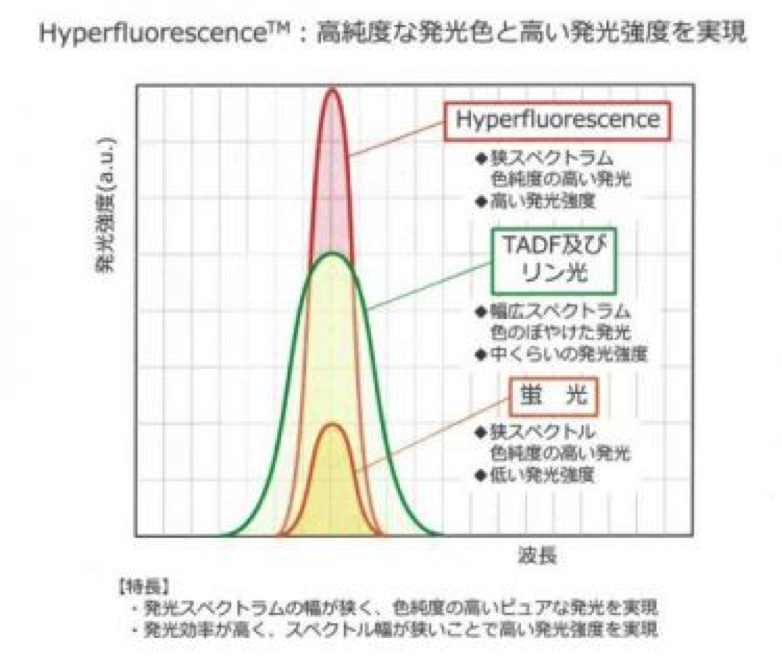Vertical Divider
|
Report from the 19th Annual OLED Summit in Sam Francisco
September 25, 2017 The OLED Industry held its 19th annual Summit this year in San Francisco and it was packed with great presentations and insight into the future of OLEDs. We do not have copies of the material yet, but 2 presentations will be summarized:
Figure 1: Standard TADF vs. Hyperfluorescence
Source: Company
Figure 2: Hyperfluorescence ™, Phosphorescent and TADF Beam Spread Source: Adachi, CTO of Kyulux
Savoie finished off his list of unsubstantiated claims by asserting that there is no need for QDs because Hyperfluorescence ™ has the same beam width and can be used in both vacuum and printing processes. |
|
|
Contact Us
|
Barry Young
|


